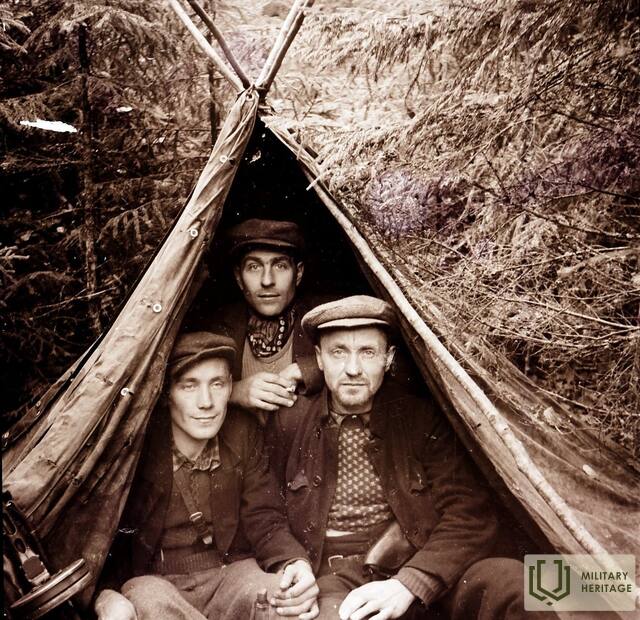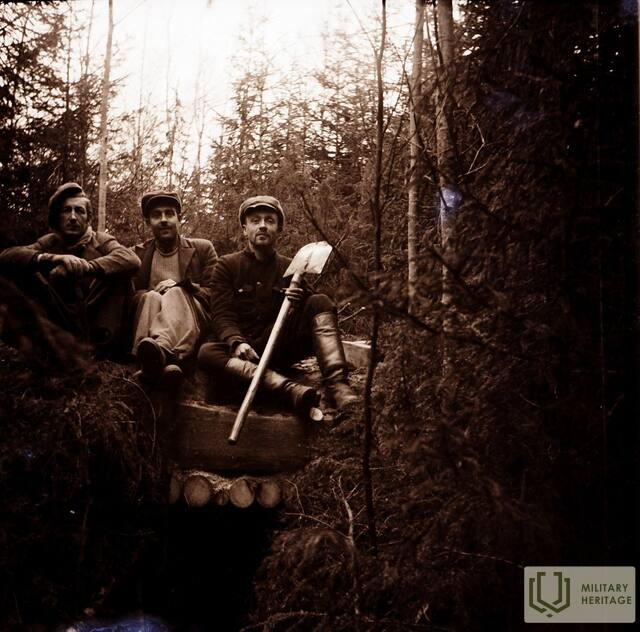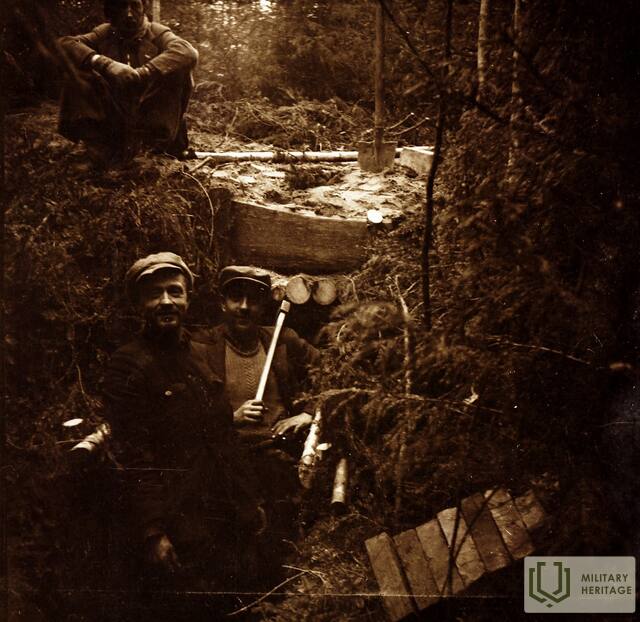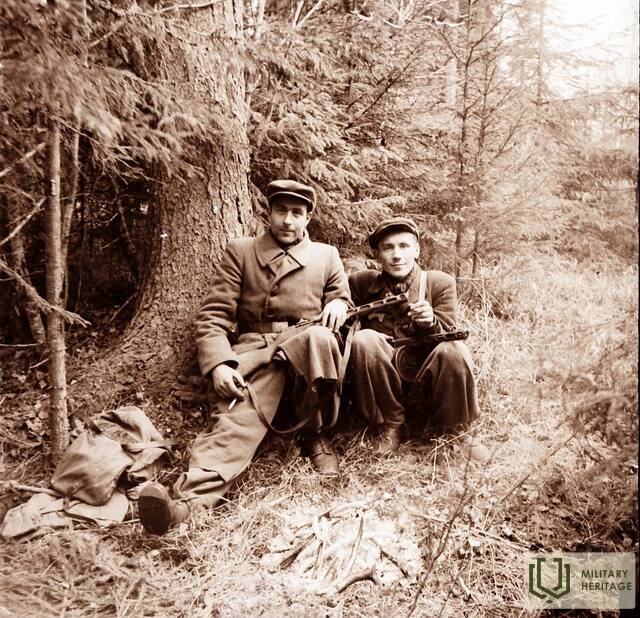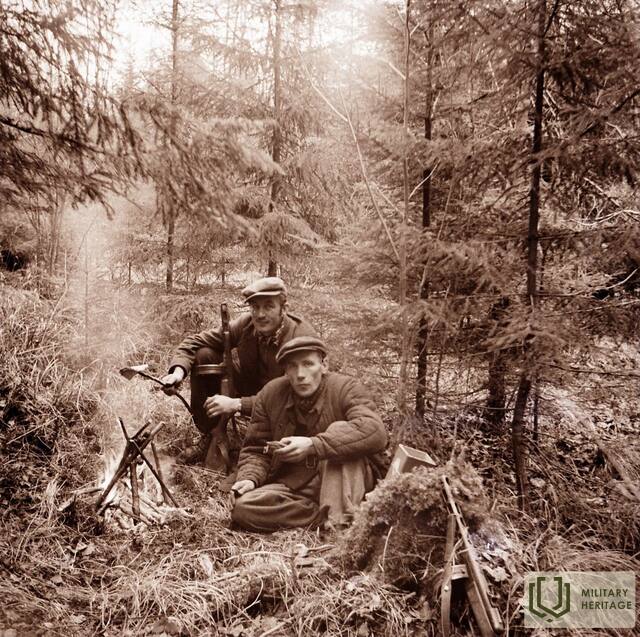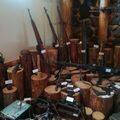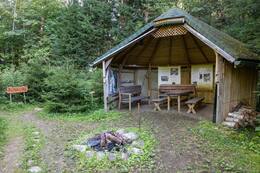About the last Vidzeme partisan group
An incredible story about how the Chekists "surrendered" to the last partisan group in Vidzeme, asking them to come out of the forest.
Until 1956, the last Vidzeme partisan group operated in the Cesvaine area, commanded by former Polish farm worker Stanislav Zavadskis (“Pans”). The “Pans” group was formed in 1946 in the Kārzdaba forest of Gulbene district and its basic composition remained unchanged for almost all ten years of the group’s existence: Pēteris Tirzītis (“Old Man”), Ivars Grabāns (“Boy”), Valdis Bebris (“Driver”). As late as 1954, when only 3 partisans remained in the group – “Pans”, “Old Man” and “Boy”, it continued the fight, attacking and wounding the head of the Cesvaine district KGB chief Stepanov in the head in June. Unable to deal with this elusive group, the Chekists “surrendered” for practically the only time in the history of the Latvian national partisan war. The head of the KGB of the Latvian SSR, Major General Jānis Vēvers, wrote a letter to the partisans, asking them to stop fighting and promising freedom. The partisans received a translation of the letter into Latvian from their supporters, to whom Stanislavs Zavadskis' mother had delivered a copy.
The picture shows partisans Valdis Bebris (Driver) and Pēteris Tirzītis (Old Man) of the Stanislavs Zavadskis (Pan) group at a campfire. Autumn 1949. Photograph from the collection of the Madona Museum of Local Lore and Art.
Related topics
Related objects
Museum of the National Resistance Movement in Renda
The museum is located a few kilometres from the centre of Renda parish. The exhibit tells about the 50-year-long resistance movement in Latvia: resistance to the first Soviet occupation, resistance to the Nazi German occupation, and the armed and non-violent resistance to the Soviet occupation. The exhibit is located in two buildings. The first building houses evidence of the first Soviet occupation and German occupation. The exhibit showcases a restored barn building where the focus lies on the National Partisan War. Between the two buildings there is a bunker with an authentic layout and trenches used by soldiers. Located near the museum in Renda, excavations, blindages and an obstacle course serve as a training ground for youth guards and anyone interested. Visits must be booked in advance.
One of the largest battles of the national partisans, called the Āpūznieki Battle, took place in January 1946 not far from here. The battle saw the Kabile National Partisan Group overpower much larger forces of the occupying power. Featuring information stands, the battle site is now home to a rest area.
Bunker of national partisans – Forest Brothers
The Forest Brothers’ Bunker is located by the Riga-Pskov (A2) highway 76 kilometres from Riga and 11 kilometres from Cēsis. The Latvian national partisans or Forest Brothers were small, armed groups of local residents who fought their independent battles against the occupation regime of the USSR in the territory of Latvia from 1944 to 1956. Forced to hide in the forests, these were people who could not or did not want to live in the Soviet Union. A total of around 20,193 Forest Brothers operated in Latvia. The bunker was formed based on the stories and memories of former Forest Brothers about life in the forests, hiding and fighting for the independent state of Latvia after 1945. The bunker showcases armaments and household items. The personal belongings, weapons and photos of partisans are on display. The guide’s narration is enriched by a video from interviews with Forest Brothers. There is a place for picnic campfires by the bunker. It is possible to pre-order a soup prepared on the fire or enjoy an evening of outdoor cinema by the fire.




